Knit In Elastic
Knit In Elastic - The most common use of elastic is in the waistband of pants, shorts, and skirts. It can also be used for the game,. It’s a lightweight transparent elastic that can be used for any area that needs stabilisation; Add elastic to the cuff for a better fit. Whether its reinforcing arm cuffs and waistbands or complete knitting or crochet products: Web knit elastic is the kind you want for a lot of garments. Have you tried using clear elastic for your sewing? Clear elastic thread for knitting and crocheting. How to select the right elastic for your sewing project? Woven elastic—or “no roll”—is the strongest garment elastic. You can use it to reinformce waistbands, cuffs or for strenghtening entire knitting or crochet products. Woven elastic is easily identified by its horizontal and vertical ribs. Web knitted elastic is made by knitting the fibers together. Stretch lace or ruffle elastic. Web knit elastic is the kind you want for a lot of garments. Knit elastics are best used with fabrics that are light to medium weight. The most common use of elastic is in the waistband of pants, shorts, and skirts. Knitted elastic is the most common type of elastic. Woven elastic does not become more narrow as it stretches. Helps to provide added tension when knitting ribs and cuffs on socks and. Web knitted elastic is made by knitting the fibers together. Yarn tends to stretch out over time, so this keeps the shape of the neckline how you like it. Web knit elastic is made from fine, lightweight fibres that are knitted together. Waistband elastic (also called jacquard elastic) picot elastic. The most common use of elastic is in the waistband. It doesn’t narrow when it is stretched and can also be sewn through without affecting the stretch. How to select the right elastic for your sewing project? You can use it to reinformce waistbands, cuffs or for strenghtening entire knitting or crochet products. One defining characteristic of knit elastic is that they don’t narrow when stretched. A tutorial on how. Helps to provide added tension when knitting ribs and cuffs on socks and sweaters. It is soft, stretchy, and easy to sew, keeping its width when stretched. 15 types of elastic used in sewing clothes. Web knitted elastic is made by knitting the fibers together. Web knit elastic is made from fine, lightweight fibres that are knitted together. Woven elastic—or “no roll”—is the strongest garment elastic. Knitted elastics also retain their elasticity when sewn and are thus suitable to be stitched to fabrics in addition to being inside casings. Web sewing knits / tutorials. Waistband elastic (also called jacquard elastic) picot elastic. Web how to knit elastic into socks. Web table of contents. Web how to knit elastic into socks. It is soft, stretchy, and easy to sew, keeping its width when stretched. Woven elastic is easily identified by its horizontal and vertical ribs. Knit elastics are best used with fabrics that are light to medium weight. Use with knitting or crochet yarn. Shoulder seams, pocket openings, necklines, leg openings on swimwear, waistband and. It’s soft against the skin, doesn’t narrow when stretched and is fine for sewing — you can pierce it with a needle without weakening or distorting it. Waistband elastic (also called jacquard elastic) picot elastic. Having the right ribbing for knitted socks can. A tutorial on how to insert elastic into your knit project! The most common use of elastic is in the waistband of pants, shorts, and skirts. It doesn’t narrow when it is stretched and can also be sewn through without affecting the stretch. Web how to knit elastic into socks. Shoulder seams, pocket openings, necklines, leg openings on swimwear, waistband. Web knit elastic is a very popular choice. Web sewing knits / tutorials. Stretch lace or ruffle elastic. Web knitted elastic is made by knitting the fibers together. Web braided and knitted elastics. Web knit elastic is made from fine, lightweight fibres that are knitted together. Web knit elastic is a very popular choice. It has a soft and stretchy texture, similar to a knitted fabric. Woven elastic is easily identified by its horizontal and vertical ribs. Clear elastic thread for knitting and crocheting. Helps to provide added tension when knitting ribs and cuffs on socks and sweaters. Workng downwards from the top, insert the needle under the right leg of a single knit stitch and pull it through. Web braided and knitted elastics. Types of elastic and uses: Feel free to ask questions in the comments and i'll do my best to answer all of th. This elastic provides stability and prevents premature wear. How to select the right elastic for your sewing project? Turn the sock inside out. Knit elastic has excellent stretch and recovery properties, making it ideal for applications requiring a lot of elasticity. It also endures pins without getting damaged. It is a soft yet stable knit that can be worn against the skin.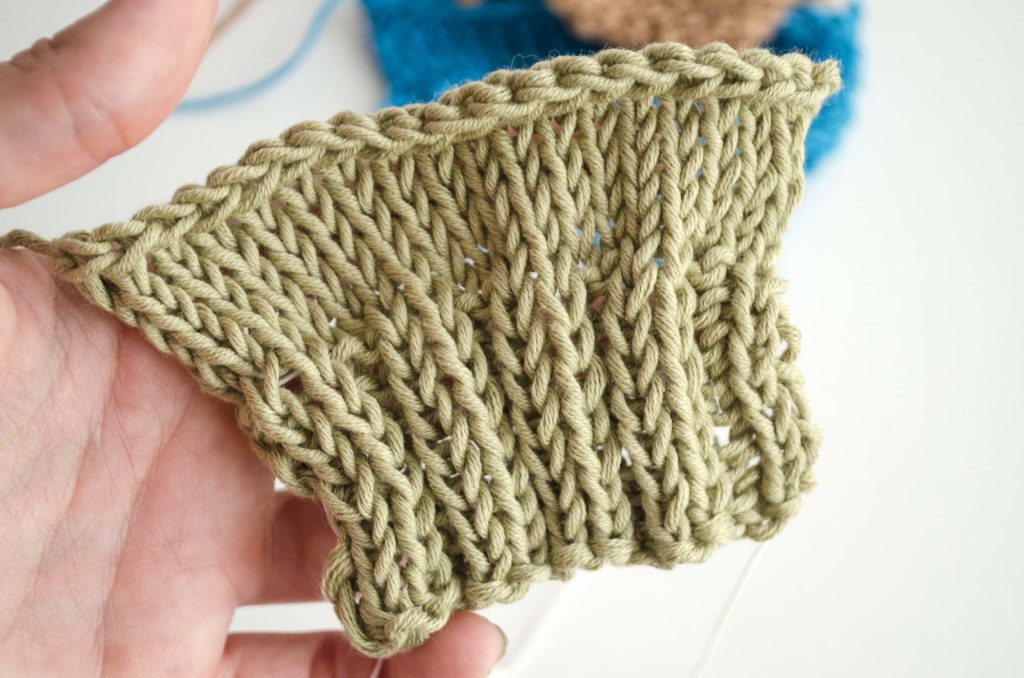
How to put elastic thread into your garments The Blog US/UK

How to Knit the Elastic Stitch YouTube

How To Make a Knit Elastic Waistband Skirt (A Simple Tutorial) Simple
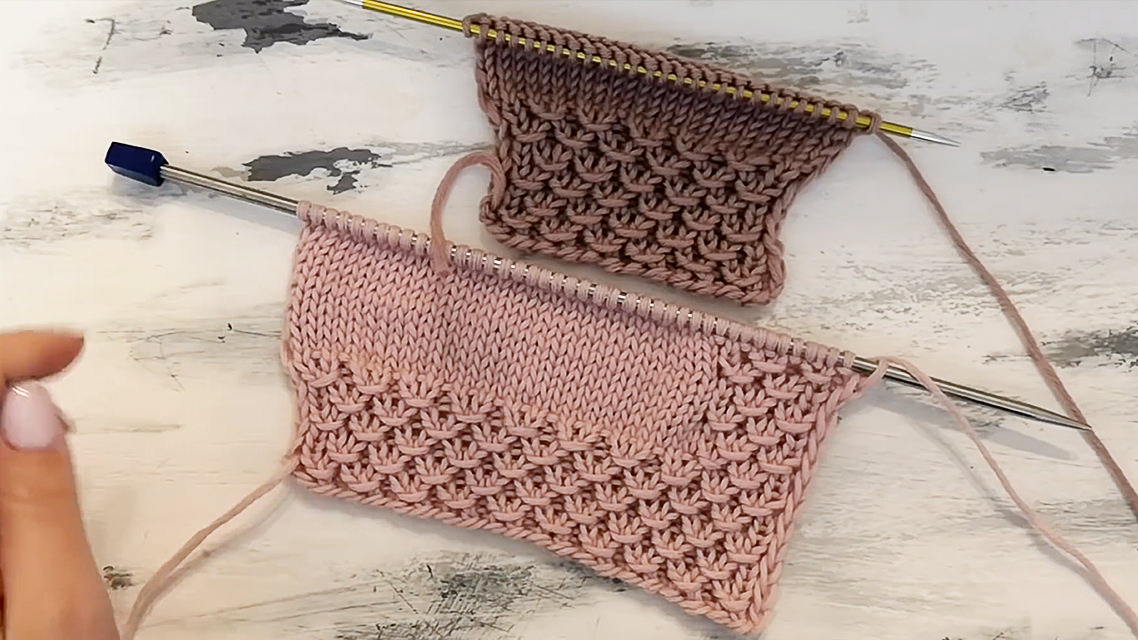
Knit Elastic Stitch You Can Easily Learn CrochetBeja
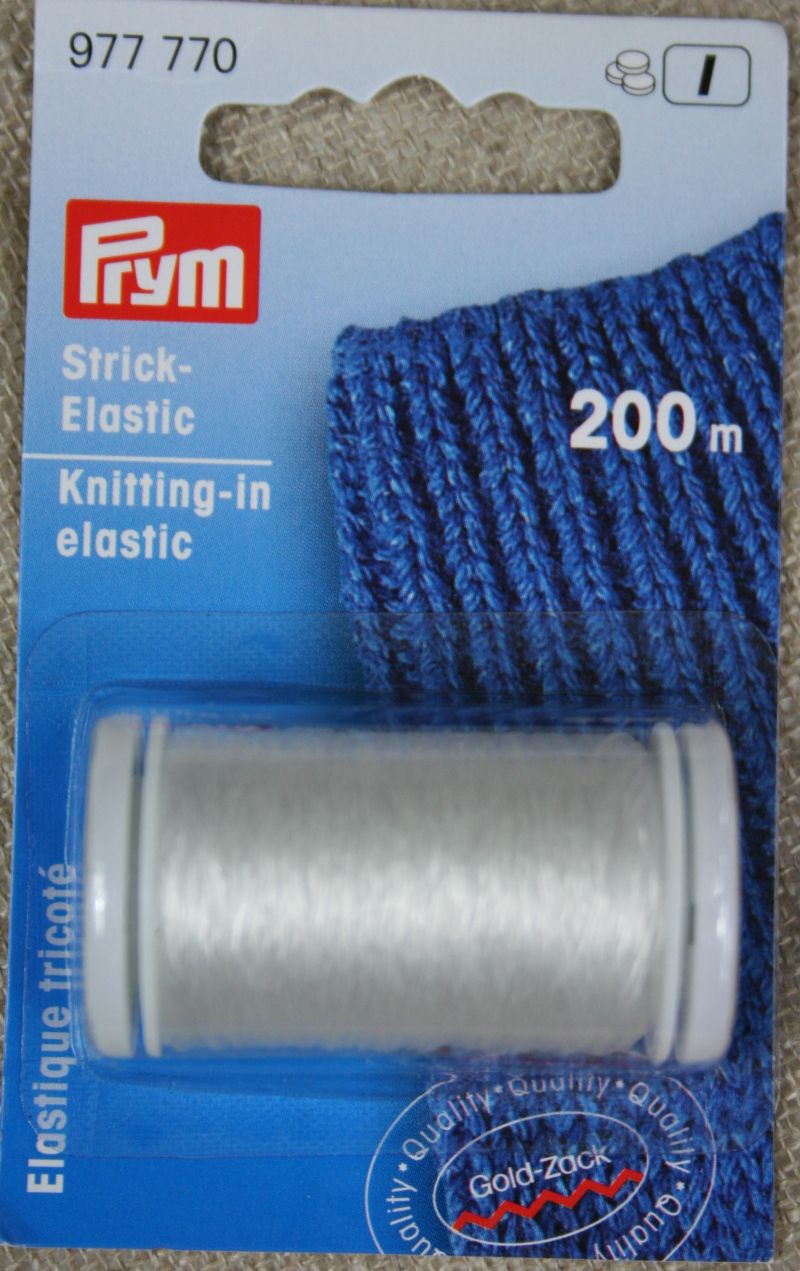
Knittingin Elastic Town End Yarns

How To Sew Elastic Directly To Knit Fabric Richard McNary's Coloring

Knit Elastic The AllPurpose Elastic for Simple Sewing
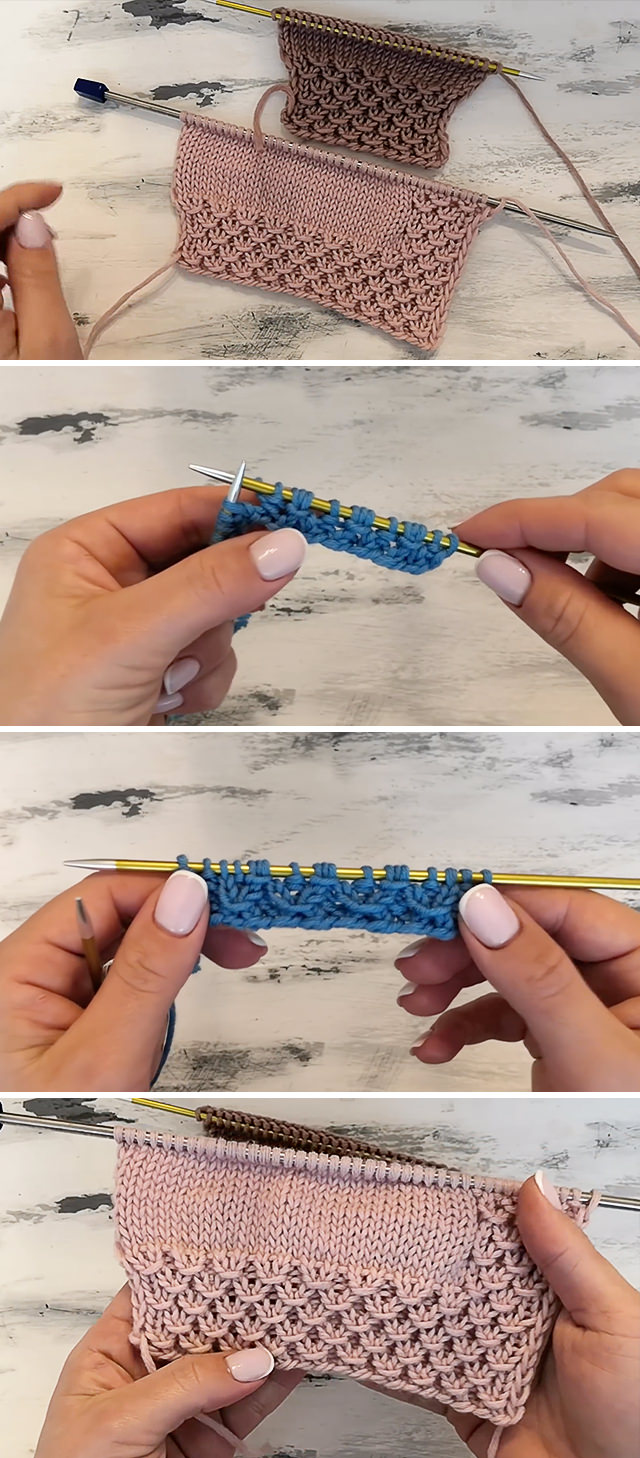
Knit Elastic Stitch You Can Easily Learn CrochetBeja

How to put elastic thread into your garments The Blog US/UK
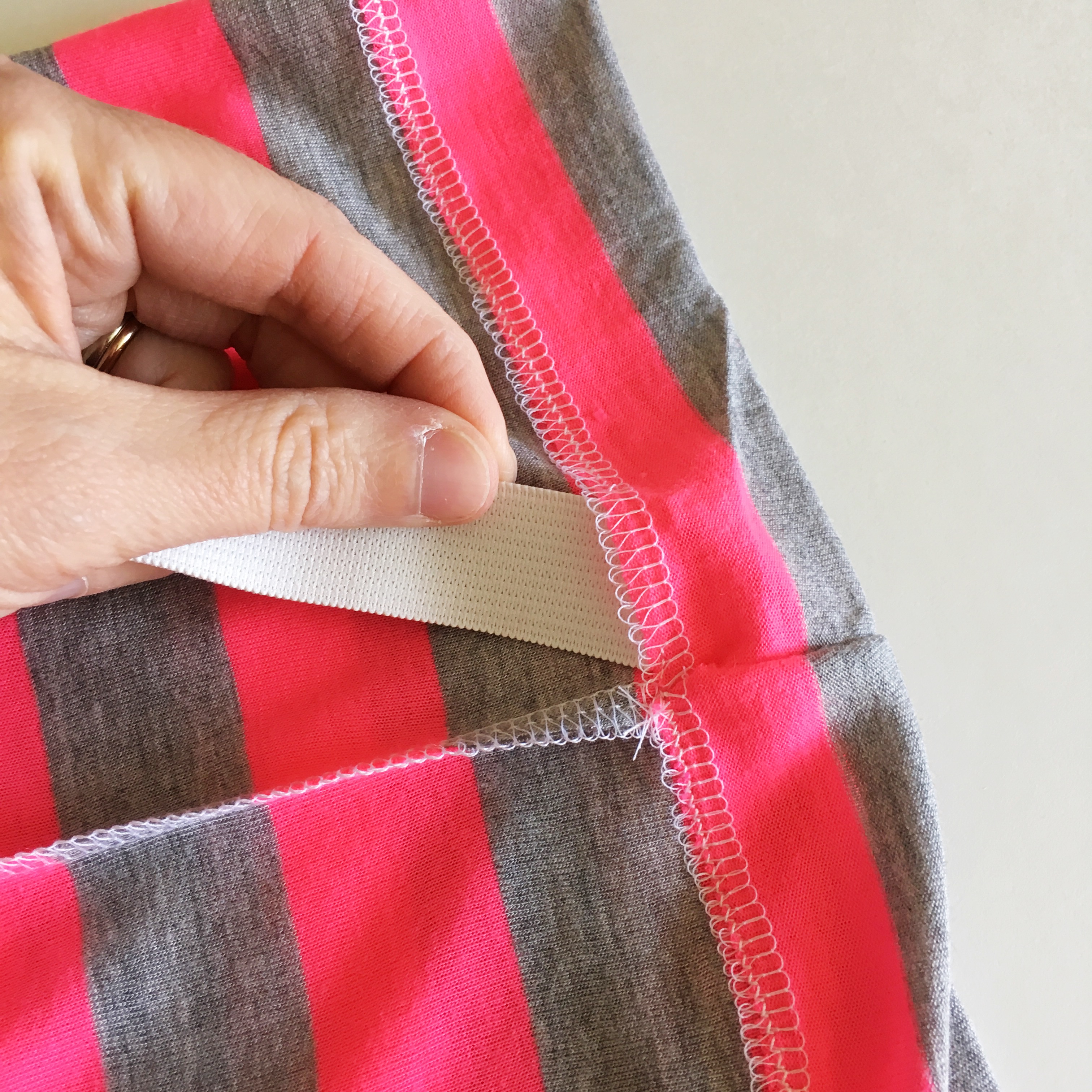
How To Make a Knit Elastic Waistband Skirt (A Simple Tutorial) Simple
Let’s Now Look More Closely At Each Of These Elastic Types So That You Can Feel More Confident Selecting The Right Type Of Elastic For Your Sewing Project!
Web Luckily, There Is A Very Simple Way To Solve And Prevent This Problem, And You Will Discover It In Our Post.
Web How To Knit Elastic Into Socks.
Web This Elastic Tape Gives Knitwear And Crochet Products The Right Support.
Related Post: